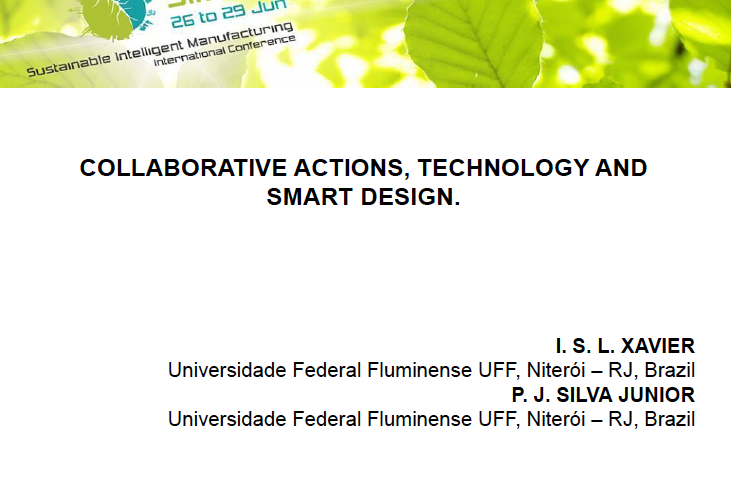ABSTRACT: The future of civil construction industry in Brazil is directly connected to the adoption of a new industrial logistic and the enhancement of collaborative actions allied to sustainability. We know that this innovation has a direct relation with the economic, historical, business and cultural moment of the country. In being so, innovation will happen when these variables are capable to produce competitive advantage and in-creased productivity. We live in a moment of impasse, when there is no longer place to improvisation or “re-work”. The low quality of projects and the lack of compatibilization are still the main problems of our civil construction. To work while thinking and to think while working is one of the most relevant aspects in the use of technology and in its application on architecture. The BIM modeling can allow the development of new ac-tions of information on how the elements are constructed (parameterized geometries) and technical-constructive performance, including sustainability. The most targeted desire is that AEC industry in Brazil will change the constructive chain, leaving the low process of conventional production behind, to become ag-ile, efficient, economical, profitable and with quality: make more with less. In our recent market, it is difficult to deal with little quality of projects and their compatibilization and with manpower (disqualified workers and lack of them). The adoption of new technologies necessarily comes from the complete reformulation of the design process conception – the adoption of smart design. Our current model cannot evoke new techniques or technologies. It is expensive, heavy and slow and wastes physical, human and financial resources. Companies must rethink the process of project conception, the use, maintenance and destination of final waste. It is a challenge that goes through planning, technological development and cultural changing.
Full article
